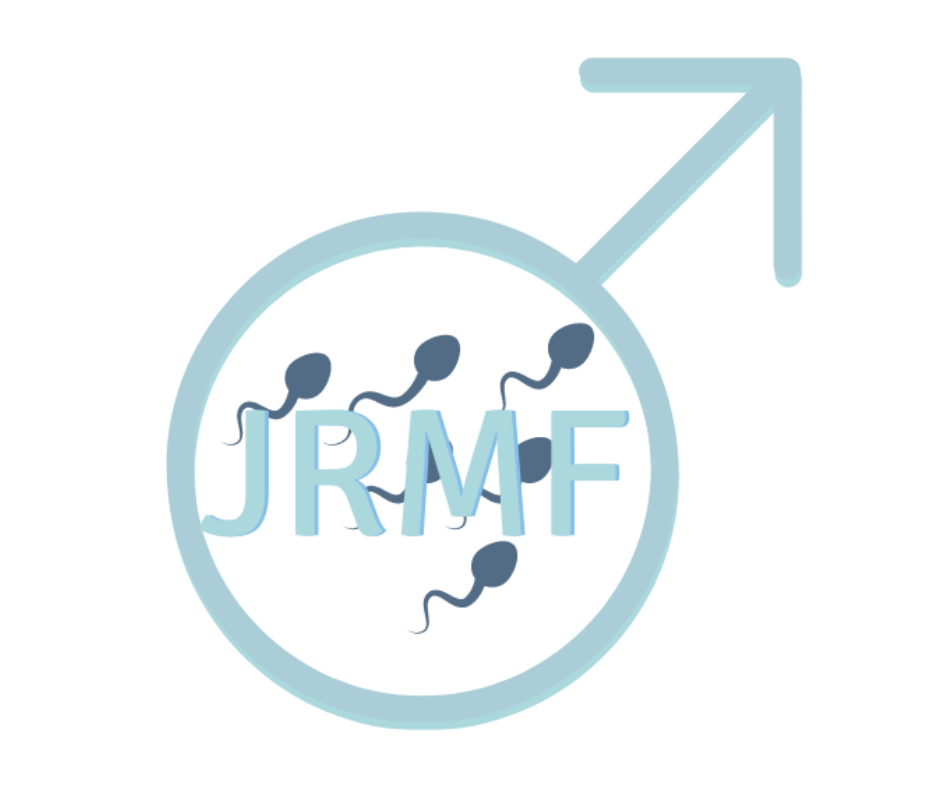The annual Fertility Conference combines clinicians, many gynaecologists and mostly scientists including embryologists and geneticists.
This year, the conference was planned to be in Liverpool but the government’s ‘Plan B’ meant that it had to ‘retreat’ online.
I concentrated on the presentations about male factor and on the more general aspects of fertility care. I was impressed by my friend Stuart Lavery’s presentation. It was a review of the ‘care’, other than the treatment, experienced by couples in fertility units. The conclusion, which will be of no surprise to many of you, was that we need to concentrate more on sympathy and on kindness.
Our American colleagues from Boston presented their plans, funded by the prestigious National Institutes of Health (NIH), to look at the effects of obesity and nutrition on male fertility. At last, this obvious and important relationship is being addressed.
Again from America, the only Urologist to present gave a comprehensive review of the relationship of male fertility and men’s health. Urologists have always recognised the relationship of sperm production to hormone levels, and the possible longer-term effects of low testosterone levels on blood pressure, weight gain and even on the development of diabetes in middle age. The need to be aware of the small risk of testicular tumours in men with non-obstructive azoospermia is also well known to urologists, and I hope this authoritative review will encourage fertility units to be a little more inclusive in their approach.
Professor John Aitken spoke from Australia. John has been looking at DNA damage in sperm for more than 30 years. His depth of knowledge and presentational skills are a joy to experience, and every time I listen to him I learn a little more. He always stresses the relationship of oxidative stress to DNA damage and therefore that we can often modify the DNA damage and thus improve the outlook by using antioxidants, but of course, only when we can measure and understand the reason for the oxidative stress. John also reiterated the inevitable relationship between age and DNA damage to sperm – not surprising, as DNA damage increases in most replicating cells with age, and our ability to repair this damage also declines inevitably as time passes. The new information from this presentation is how this DNA damage in sperm might impact on chromosomal abnormalities derived from the male, as opposed to from the female germ cell lines. This is an extremely complex subject, only properly understood by real scientists! But for clinicians like me, he made us aware that epigenetic imprinting, an abnormality that cannot be measured, may be very important to fertility between generations, and might explain some of our most difficult cases.
Finally, I gained much clinical insight into the much-debated topic of preimplantation genetic screening of embryos. This is not typically an area for urological involvement, but it is a process that we all need to understand a bit better. Professor Dagan Wells from Oxford gave a clear and authoritative presentation about this, and I want to share this with you, as for the first time I felt that I understood the arguments.
The procedure involves taking a very small biopsy from a five-day embryo, or blastocyst, and then making sure that the embryos are genetically normal before freezing the good ones, which can be replaced in a natural cycle later.
Preimplantation genetic screening (known as PGTA) is not recommended by the HFEA because it does not increase overall live birth rates. However, the genetically normal, or euploid, embryos have a much better chance of succeeding and the risk of miscarriage is greatly reduced. As with many ‘add-ons’ or extra interventions in fertility units, there are divided opinions between those who do not recommend PGTA (and who may under-use it) and those who do (and who may over-use it).
Those who are doubtful worry that the procedure may unnecessarily damage an otherwise normal blastocyst and that, if the results are equivocal (mosaics), then this creates an unnecessary dilemma for the parents.
Those who are enthusiastic say that skilled operators do not often damage embryos and that most of the equivocal, or mosaic, embryos actually succeed.
As an observer, it seems to me that for older (greater than 36 years old) women in whom miscarriages after eight weeks have been problematic and who have had three or four or more blastocysts, then the benefits of avoiding further miscarriages probably outweigh the disadvantages. The problem for these couples is that when time is running out, they must avoid the time lost by a miscarriage before they can have another embryo replaced or another cycle of treatment. Quite apart from this, certainly my observation is that many of us tend to underestimate the misery of miscarriages.
So, whilst PGTA may not directly increase the chance of a baby, for certain couples I think it may soften and hasten their journey.
I reflect upon this conference very positively, generally much more about andrology, and quite a lot about combining our efforts and collaborating more.
Stay well, and do your best to be vaccinated. I hope some of these topics might eventually benefit many of you.


